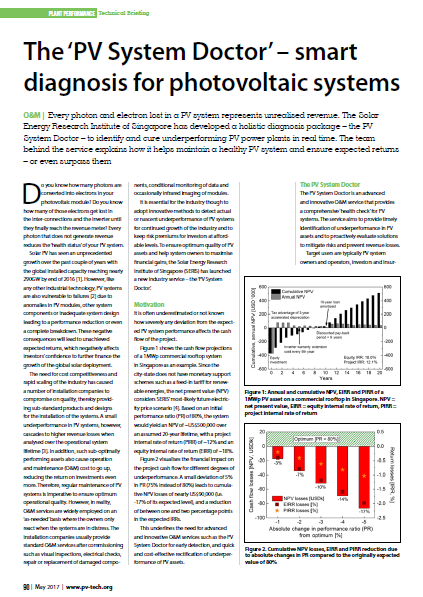By Dr. Qiang Huang, Dr. Qiang Huang is vice president of solar BU for GCL System Integration. Prior to joining GCL, he was vice president at Trina Solar for seven years, and a founding director of State Key Laboratories. He also spent seven years working in semiconductors, mainly at TSMC, and holds a Ph.D. from the National Universit y of Singapore.; Li Xinchang, Li Xinchang received h i s b a c he l o r ’s i n a u t o m a t i o n instrumentation from t he Un i v e r s i t y of Shanghai for Science and Technology, and his MBA from Southeast University, China. He is currently a senior module product manager at GCL.
The estimated PV system installation capacity in 2016 was ~70GW worldwide [1], as shown in Fig. 1. In fact, the production volume in 2015 was around 200 times that in 2000, with a compound annual growth rate (CAGR) of over 40%. It has recently been noted that as the PV industry matures, the mindset is changing from $/W to $/kWh. While $/W is still a major driving force, the significance of other factors that influence the cost of energy must also be considered. In this regard, PV development is entering the era of $/kWh-oriented optimization.


